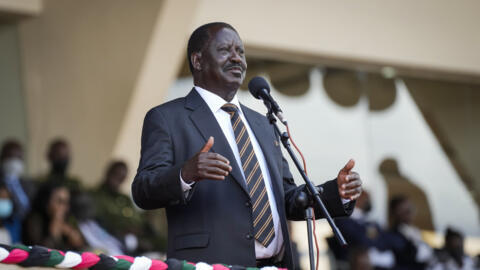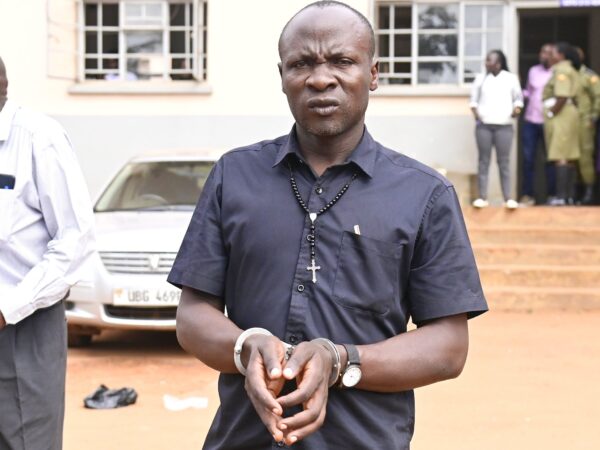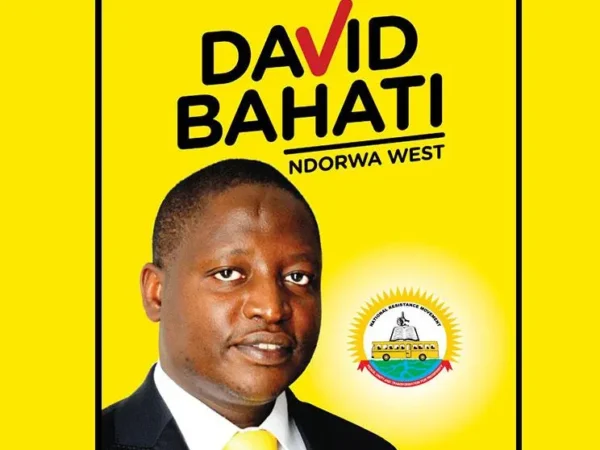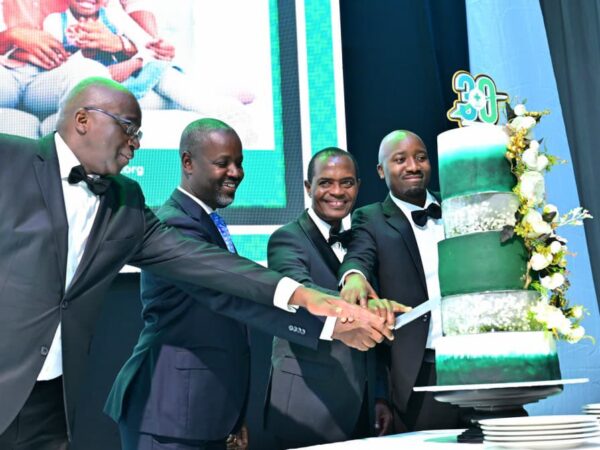In every nation’s political history, there emerges a figure whose influence transcends official titles, whose presence shapes governments, and whose absence threatens instability. In Kenya, that figure was none other than Raila Amolo Odinga — the man who, though never sworn in as president, wielded the authority, influence, and political legitimacy that often made him the de facto third arm of government.
For over four decades, Raila’s political journey was a story of resilience, defiance, and indispensability. Every administration, from Daniel arap Moi’s to William Ruto’s, discovered — sometimes reluctantly — that governance in Kenya could not function effectively without Raila’s hand somewhere on the wheel. His political charisma, unmatched street credibility, and unyielding connection with the masses made him not just a politician, but an institution — a pillar upon which the stability of successive governments rested.
The Kibaki Years: From Rival to Redeemer
When Kenya erupted in flames after the disputed 2007 presidential election, the nation teetered on the edge of civil collapse. It was Raila Odinga, the aggrieved opposition leader, who became the bridge between chaos and calm. The ensuing power-sharing deal with Mwai Kibaki birthed the Grand Coalition Government — an arrangement unprecedented in Kenya’s history. As Prime Minister, Raila brought not only legitimacy to Kibaki’s presidency but also a renewed sense of national purpose. Without him, Kibaki’s second term might have been remembered only for bloodshed and broken promises. With him, it became the foundation for Kenya’s most ambitious constitutional reforms, culminating in the promulgation of the 2010 Constitution.
Uhuru Kenyatta’s Presidency: The Handshake That Saved a Nation
When Uhuru Kenyatta assumed office in 2013, he inherited a deeply divided country. The 2017 election threatened to rip it apart again — with Raila at the helm of the opposition crying foul. The images of protests, the economic paralysis, and the rising tension painted a grim future. Then came The Handshake of March 2018 — a political masterstroke that redefined Kenyan politics. Raila’s unexpected truce with Uhuru did not just calm the streets; it stabilized a government that had lost its legitimacy in the eyes of half the nation.
The Building Bridges Initiative (BBI), though controversial and ultimately unsuccessful, was symbolic of Raila’s enduring role — the man who could reconcile foes, restore calm, and give every government a soul. Uhuru’s administration, once besieged by political animosity, found new footing through Raila’s statesmanship.
William Ruto’s Era: The Reluctant Dance
Even under President William Ruto — a man who built his campaign on opposing the so-called “Handshake politics” — Raila’s influence remained inescapable. His criticism, protests, and mass mobilizations reminded Ruto that no government could ignore the “People’s President.” Every major decision — from the high cost of living debates to constitutional matters — bore the shadow of Raila’s approval or resistance.
Ruto might have sought to govern without him, but the streets of Kisumu, Kibera, and Mathare said otherwise. For every government office and policy boardroom, Raila remained an invisible participant — the conscience of the nation, the counterweight of power, and the voice of the voiceless.
The Constant in Every Regime
From Moi’s iron-fisted rule to Ruto’s assertive presidency, Raila Odinga’s name was the one constant that no government could wish away. When governments erred, he corrected. When they divided the people, he united them. When they faltered in legitimacy, he offered his hand — sometimes in partnership, other times in protest — to restore balance.
He was not merely an opposition leader; he was an alternative center of power. His was not just political defiance; it was patriotic duty. His presence, whether in cabinet meetings or in the streets leading demonstrations, reminded those in power that leadership in Kenya was incomplete without accountability — and that accountability often wore Raila’s face.
The Legacy of an Uncrowned President
Raila Odinga may never have occupied State House, but he occupied the nation’s heart and conscience. His legacy is woven into every major political transformation Kenya has experienced since the 1980s — multiparty democracy, constitutional reform, electoral justice, and national reconciliation.
When history remembers him, it will not measure him by the number of titles he held, but by the number of times Kenya stood firm because he chose to stand for it. Raila Odinga was not just a participant in government — he was its necessary partner, its moral compass, and, at times, its savior.
Indeed, Raila Odinga did not need to be president to govern Kenya. He governed through influence, conviction, and the unwavering trust of the people. And that is how he became — undeniably and unforgettably — the third arm of the Kenyan government.



